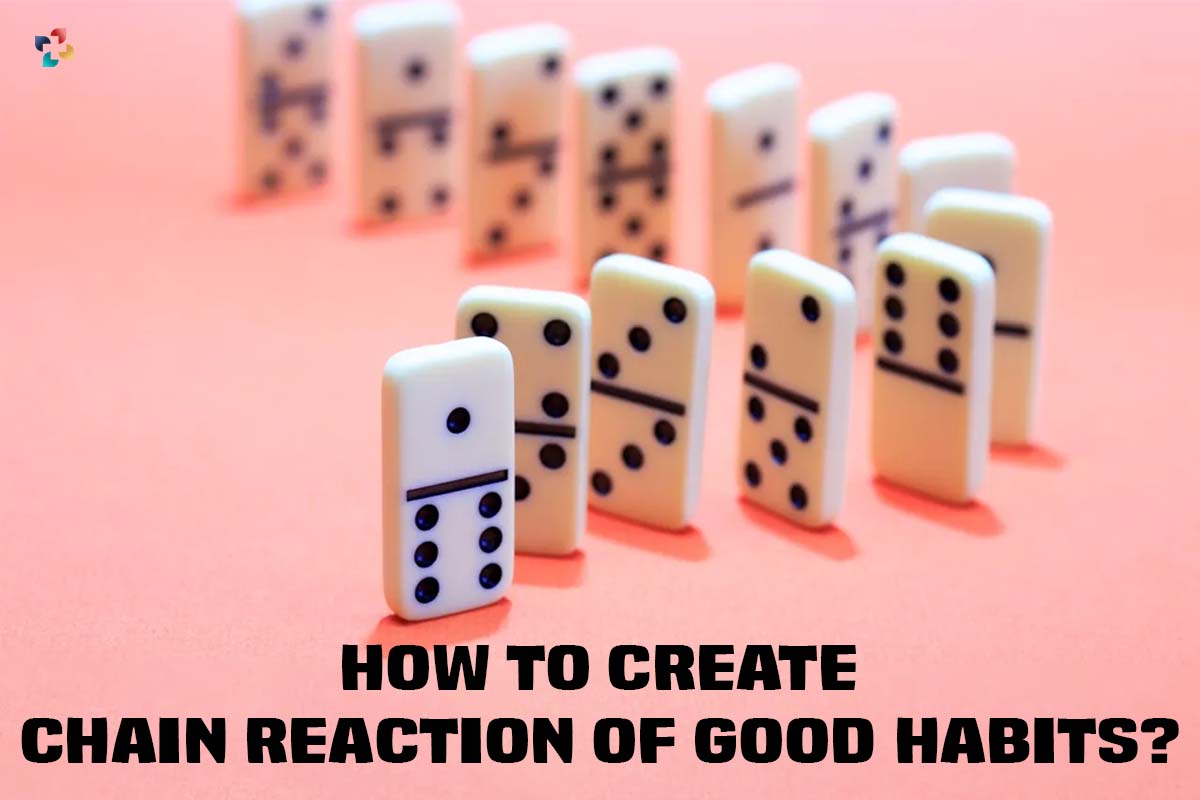Human behaviors are often tied to one another.
Take Jennifer Dukes Lee, for instance, the chain reaction of good habits. From the time she departed for college until well into her forties, Lee seldom, if ever, changed her bed, even when her mother or visitors came by. She eventually decided to give it another go, and she surprised even herself by successfully making her bed four days in a row!
On the morning of the fourth day, however, she picked up a sock and folded a few pieces of clothing that had been lying about the bedroom before she made the bed. Then she went into the kitchen, where she did things like empty the dishwasher of dirty dishes, rearrange the Tupperware in a cabinet and set a decorative pig on the counter.
The simple act of making the bed had triggered a series of other errands around the home, she said. Having a made bed, a clean sink, one decluttered cabinet, and a pig on the counter gave me a sense of accomplishment and adulthood. I felt like a lady who had risen triumphantly from the depths of the Bermuda Triangle of Domestic Disarray. The domino effect was falling upon her.
The Domino Effect
According to the Domino Effect, changing one habit will set off a chain reaction of good habits and lead to changes in other, related behaviors.
In 2012, for instance, scientists at Northwestern University showed that persons who reduced their daily inactive leisure time also lowered their daily fat consumption. The participants weren’t given any instructions to cut down on fat intake, but as a happy byproduct, they spent less time mindlessly snacking in front of the TV. The domino effect occurred when one behavior led to another.

Maybe you’ve experienced something similar in your own life. If I maintain my regular gym attendance, for instance, I find that I am more focused at work and am able to get a better night’s sleep, even though I didn’t set out to do so.
Even with bad behaviors, the domino effect may be seen as a chain reaction of good habits. You could discover that every time you check your phone for alerts, you end up clicking on them, which then leads to mindless scrolling, which wastes another 20 minutes of your time.
According to BJ Fogg, a professor at Stanford, “You can never modify just one habit.” Because of the linked nature of our actions, changing one habit always results in changes in other behaviors.
Inside the Domino Effect
I can think of two main causes for the Domino Effect. In the first place, many of the recurring patterns and customs that make up our everyday lives are interconnected. Systems in all of life are remarkably interdependent, and human behavior is no different. The interconnected nature of the world is a major factor in how your actions in one area of your life might have unexpected consequences in another.
Second, the Domino Effect makes use of a fundamental aspect of human nature: the need for reliability and predictability. Robert Cialdini’s seminal work on persuasion explains this occurrence. The core premise is that individuals are more likely to follow through on their commitments if they invest in an idea or objective in any manner, no matter how modest.

Going back to the example given at the outset of this piece, when Jennifer Dukes Lee developed the chain reaction of good habits of making her bed every morning, she was essentially saying to herself, “I am the kind of person who keeps a neat and orderly house.” A few days later, she started to adopt this new identity in other parts of her house.
Intriguingly, this is a side effect of the Domino Effect. It causes not just a domino effect of novel actions, but also, in many cases, a fundamental transformation in one’s worldview. When one new idea leads to another, you begin to form habits based on who you are as a person.
The Rules of the Domino Effect
One may both experience and cause what is known as the Domino Effect. You have the ability to set off a domino effect of positive actions by establishing new routines that inevitably result in further progress. If you want something to really work, you need to keep in mind these three things. The Domino Effect operates on the following three rules of the chain reaction of good habits:
To get started, choose the activity that promises to provide the greatest return on investment. Begin with a little action and make it a habit. Doing this will not only make you feel good, but it will also show you what kind of person you have the potential to become. Anyone domino will do; the order is irrelevant.
Keep going and get right into the next thing you’re eager to complete. Don’t waste any time between the act of completing one thing and starting another. The more you affirm your new identity, the more firmly you’ll believe in it.
If you are unsure of how to proceed with the chain reaction of good habits, try dividing the problem into smaller pieces. Keep your attempts at developing new routines modest and achievable. The focus of The Domino Effect is on the process, not the end outcomes. The key is to keep going. Let it happen again and again, like dominoes falling one after the other.

There are three guidelines that must be followed if one habit is to successfully lead to the next action. Dominoes may be made to fall in a variety of ways. Put your energy into the actions you find most rewarding, and watch as they spread throughout your life.
To Know More About New Habits Click Here: 3 Easy Ways to Exercise a New Habit







